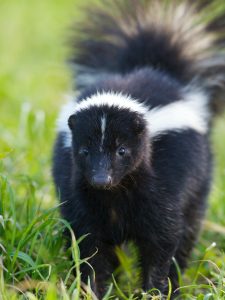Bears are fascinating animals that are known for their physical strength, agility, and speed. Despite their large size, many species of bears can run at impressive speeds, allowing them to chase down prey, escape danger, and cover long distances quickly.
The speed at which a bear can run depends on several factors, including the species of bear, age, physical condition, and terrain. Let’s compare the different species of bears and their running speeds:
American Black bear
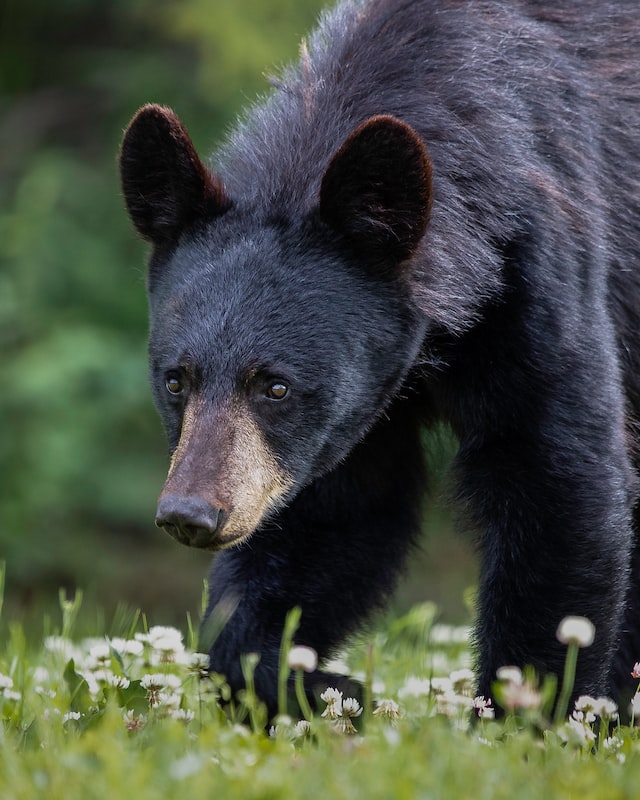
How fast can a black bear run?
Among all bear species in North America, black bears are the smallest and fastest They can run at speeds of up to 30 miles per hour (48 kilometers per hour) for short distances. This impressive speed allows them to outrun most humans and many other predators in their habitat.
The American black bear’s speed is due to its powerful leg muscles, which enable it to cover ground quickly. They can also climb trees with ease, making them excellent at evading predators and searching for food.
Brown bear
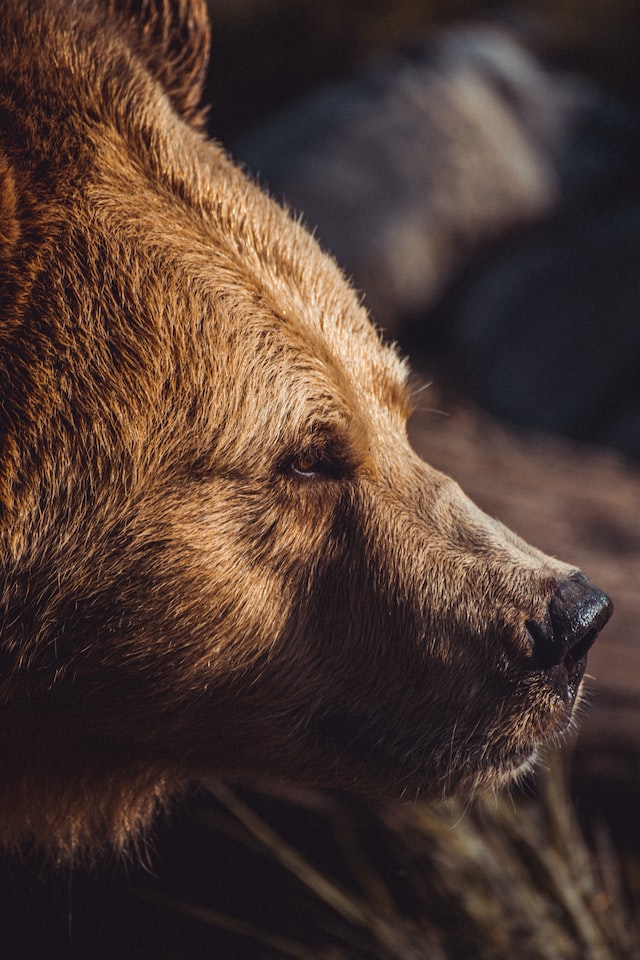
Grizzly bear
How fast can a grizzly bear run?
The grizzly bear, also known as the North American brown bear, is one of the largest bear species, and while it is slower than the American black bear, it is still a fast runner. Grizzlies can run at speeds of around 35 miles per hour (56 kilometers per hour) for short bursts.
Grizzlies’ physical condition and age affect their running speed, and older bears or those with injuries or health issues may not be able to run as fast as younger, healthier bears.
If you are interested, we have more information on the difference between Black Bears and Grizzly Bears here.
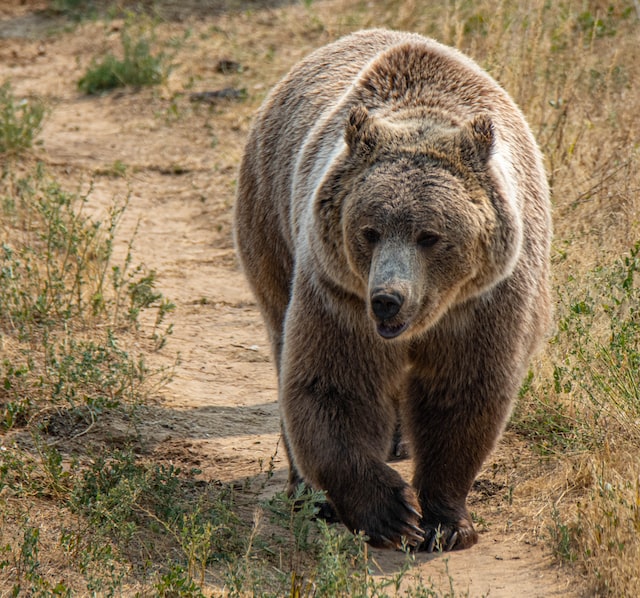
Polar bear

How fast can a polar bear run?
In terms of size, polar bears are the biggest bears on earth and adapted to life in the Arctic region, where they are known for their ability to hunt on both land and sea. While polar bears are not as fast as the American black bear, they are still very good runners, with a top speed of up to 25 miles per hour (40 kilometers per hour).
Polar bears’ ability to run on both land and sea is due to their large paws, which are adapted for both walking on ice and swimming in water. They can also use their powerful front legs to break through thin ice and climb out of the water onto the ice surface.
How fast can humans run?
The speed at which a human can run varies greatly depending on age, gender, fitness level, and training. However, in general, a healthy adult human can run at a maximum speed of around 27 miles per hour (43.5 kilometers per hour) for a brief time.
The average running speed for an adult is between 5 and 8 miles per hour (8 to 13 kilometers per hour). However, trained athletes can achieve much higher rates, of course.
It’s worth noting that running speed can be influenced by various factors, such as terrain, weather conditions, and elevation. Running uphill or in adverse weather conditions can slow down a runner’s speed while running downhill or with a tailwind can increase it.
In addition to speed, endurance is also an important factor in running. Humans have evolved into excellent long-distance runners, capable of running for hours at a steady pace without getting tired. This ability to run long distances is known as persistence hunting. It is thought to have played a significant role in human evolution.
Can a human outrun a bear?
In general, it is unlikely that a human can outrun a bear in a sprint, particularly if it is a healthy adult bear. Most bear species are capable of running at speeds that exceed those of humans, and they are also incredibly powerful and agile, making them formidable predators.
However, humans can run long distances at a steady pace, which can tire out a bear in pursuit. If a bear is chasing a human, it may give up the chase after a certain distance if it doesn’t catch its prey.
That said, it’s crucial to avoid putting yourself in a situation where you must outrun a bear. The best way to prevent an encounter with a bear is to make noise while hiking, carry bear spray, stay on designated trails, and be alert for signs of bears in the area.
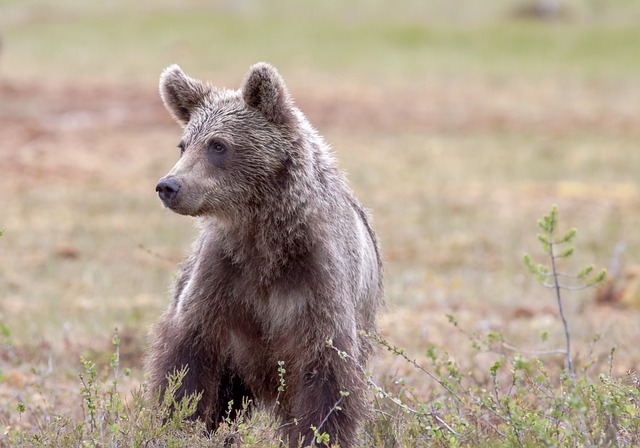
Bear encounters
What can you do when you encounter a bear in the wild?
First and foremost, we find it important to point out what to avoid doing while hiking in areas with bears:
-
Avoid bear encounters to begin with
-
Avoid attracting bears
-
Avoid eye contact
-
Avoid sudden movements
-
Keep your distance!

Encountering a bear in the wild can be a terrifying experience. Still, it’s essential to remain calm and take the appropriate steps to ensure your safety. Here’s what you should do when you encounter a bear in the wild:
Stay Calm and Don’t Run
When you first spot a bear, feeling scared or intimidated is natural. However, remaining calm and avoiding running away from the bear is crucial. Running can trigger the bear’s chase instinct, and it may pursue you, which could result in a dangerous situation.
Assess the Situation
Before taking any action, assess the situation to determine the type of bear you’re dealing with, its behavior, and the distance between you and the bear. If the bear is far away and doesn’t seem interested in you, back away slowly and give it space. If the bear approaches you, remain calm and try to make yourself look bigger by raising your arms above your head.
Make Noise and Back Away Slowly
If the bear is still approaching, make noise by talking, clapping your hands, or banging pots and pans together. This lets the bear know you’re there and may deter it from coming closer. Back away slowly while facing the bear, but avoid turning your back on it.
How do you handle bear attacks?
Due to the fact that our website is not specialized in this area, we wish to refrain from providing you with guidelines. If you like to know more about what to do when you get attacked by a bear, please refer to this article should you wish to know more about this.
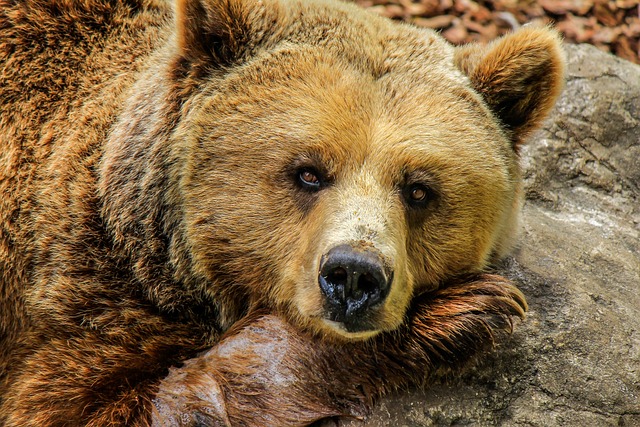
In conclusion, bears are impressive animals that are known for their strength, agility, and speed. The speed at which a bear can run varies depending on several factors, including species, age, physical condition, and terrain. While the American black bear is the fastest of all bear species, grizzly bears and polar bears are also incredibly fast and agile runners. Regardless of their speed, all bear species are fascinating animals that play vital roles in their ecosystems.
If you want to know more about bears, be sure to check out our black bear and grizzly bear facts on the blog.






